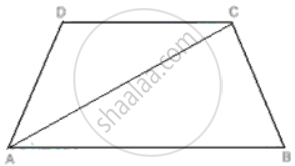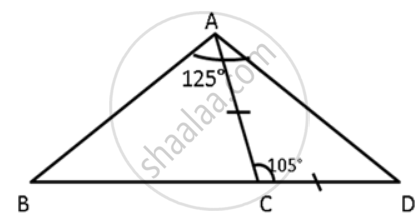Advertisements
Advertisements
प्रश्न
"Caste inequalities are still prevalent in India." Examine the statement.
उत्तर
Caste inequalities have not completely disappeared from India. Even today, most people marry within their own caste or tribe. Despite the constitutional prohibition, Untouchability has not ended completely. Education is not easily available to the so-called 'low castes'. Economic status is closely linked to the caste system. In modern India, like in pre-independent India, the poor are mostly the 'low castes' while the rich are the 'high castes', thereby showing that caste inequalities are still continuing in India.
APPEARS IN
संबंधित प्रश्न
Show that in a right angled triangle, the hypotenuse is the longest side.
In the given figure, PR > PQ and PS bisects ∠QPR. Prove that ∠PSR >∠PSQ.

ABC is a triangle. Locate a point in the interior of ΔABC which is equidistant from all the vertices of ΔABC.
Name the greatest and the smallest sides in the following triangles:
ΔABC, ∠ = 56°, ∠B = 64° and ∠C = 60°.
Name the smallest angle in each of these triangles:
In ΔPQR, PQ = 8.3cm, QR = 5.4cm and PR = 7.2cm
For any quadrilateral, prove that its perimeter is greater than the sum of its diagonals.
ABCD is a quadrilateral in which the diagonals AC and BD intersect at O. Prove that AB + BC + CD + AD < 2(AC + BC).
ABCD is a trapezium. Prove that:
CD + DA + AB > BC.
In ΔABC, BC produced to D, such that, AC = CD; ∠BAD = 125° and ∠ACD = 105°. Show that BC > CD.
Prove that in an isosceles triangle any of its equal sides is greater than the straight line joining the vertex to any point on the base of the triangle.
